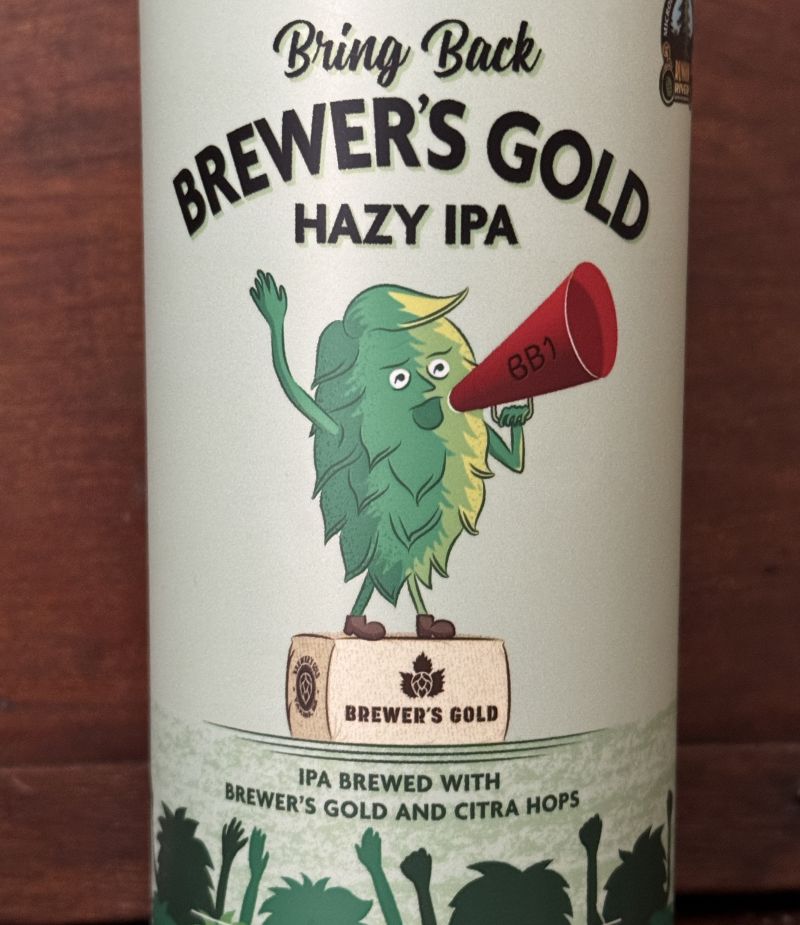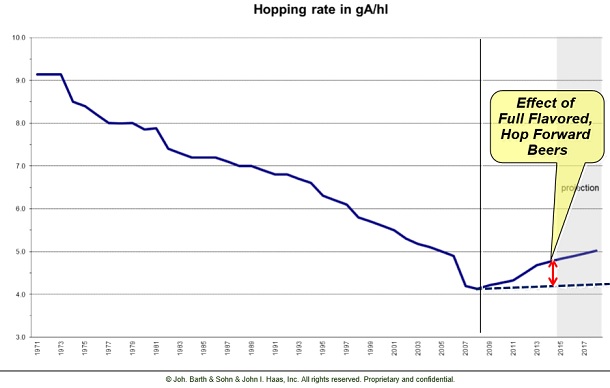* Australian harvest report
* NZ Hops harvest report
* Camp on a hop farm
* Crosby Hops x Roy Farms
* Bell’s, Centennial, and terroir
* ‘From Field to Fermenter’
Welcome to Vol. 9, No. 1. Not a lot of querying going on this month, but plenty to tell you about. And if you want more, I suggest subscribing to Brewing Industry Guide, where I wrote about a new round of aroma and flavor products that were on display at the Craft Brewers Conference.
FEWER ACRES, BUT MORE HOPS IN AUSTRALIA
Responding to worldwide diminished demand for hops, Hop Products Australia idled fields in 2025. However, near perfect hop-growing weather for the first time in several years contributed to a bumper crop. Although acreage across six proprietary varieties and Cascade decreased 15.5 percent, farmers harvested 9.5 percent more hops in 2025 than 2024, a total of 1,468 metric tons (3.2 million pounds).
The 2025 crop is the first processed at HPA’s Hop Central facility with cold chain bale storage, temperature-controlled production rooms, and modern pelleting and packaging equipment. “Hop Central has significantly reduced our processing time while maximizing oils in the finished pellets and minimizing oxygen in the foils. It’s all in the name of consistent impact in beer,” said facility manager Michael Monshing.
Galaxy continues to account for 65 percent of production, about 2.1 million pounds, almost four times Vic Secret. Because of contracted demand, growers harvested 88 percent more Ella, the third most produced variety. The Ella crop is characterized as outstanding, with oil and alpha both above the five-year average. “Brewers should expect a real depth of flavor and complexity when pairing Ella with other new world hops,” said CEO Owen Johnston.

